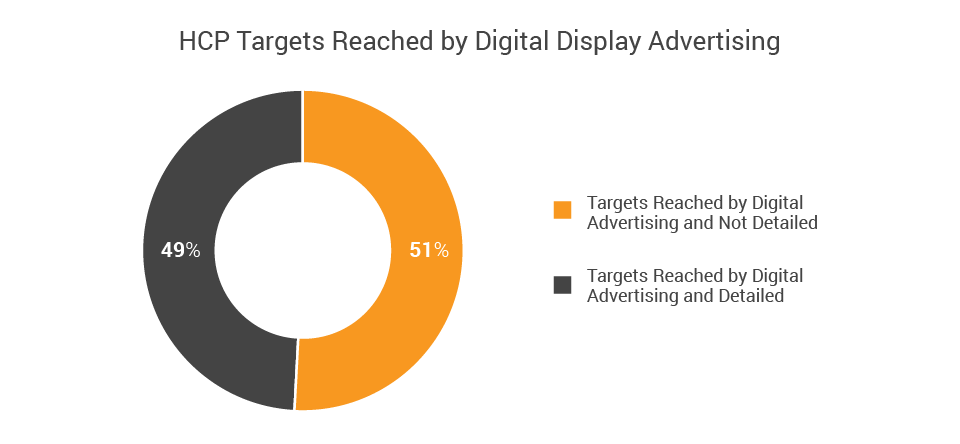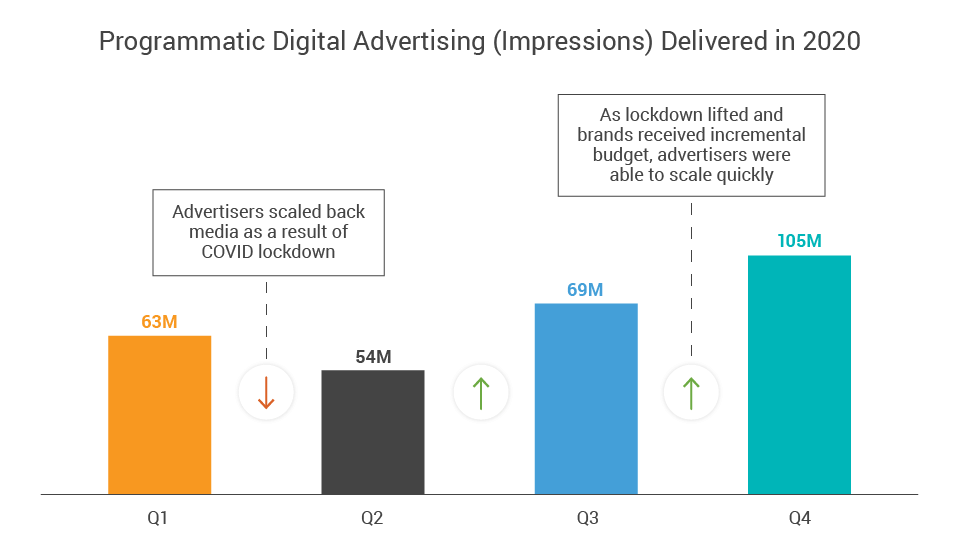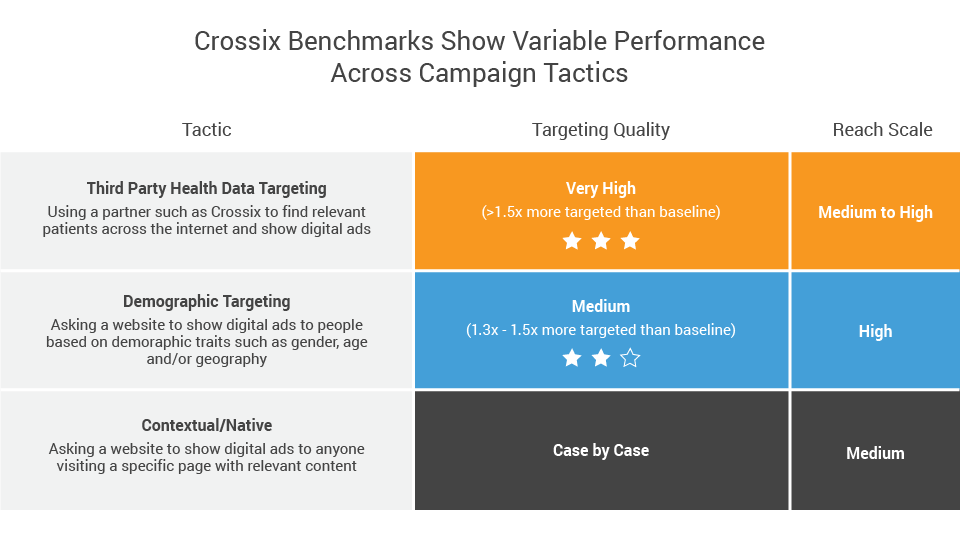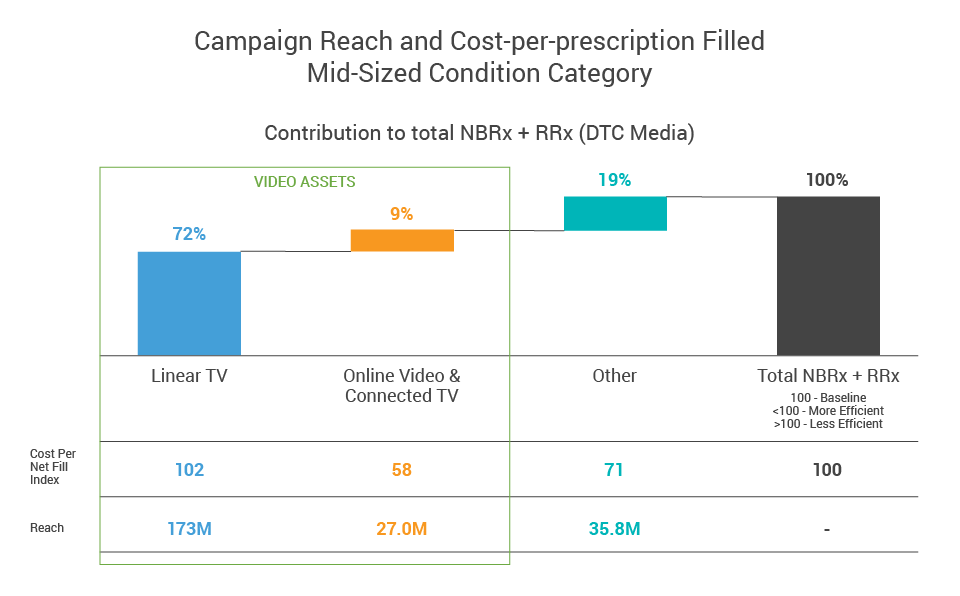Industry Report
2021 Trends in Digital Advertising
The life sciences industry has undergone a major transformation in the way it advertises its products and services to consumers and healthcare professionals (HCPs). The prevalence of digital media and the broad uptake of streaming video has given marketers new ways of reaching and engaging with audiences. Notably, technology has been the driving force behind both content consumption and the way media is purchased and delivered.
As the landscape has changed dramatically over the last several years, Veeva Crossix continues to see shifts in three areas: HCP campaigns, programmatic advertising, and emerging video channels.
Digital HCP Campaigns
Traditionally, reaching HCPs had been a person-to-person exchange of information, between the field force and healthcare providers. Maintaining those direct relationships continues to be an important part of life sciences sales and marketing. However, with the decrease in face-to-face meetings and the rise of digital engagements, brands increasingly use non-personal promotion (NPP) to engage their customers and expand coverage beyond the traditional field force rep footprint. As shown below, on average, about half of target HCPs reached by digital advertising were not engaged by a field force rep.

Source: Crossix DIFA, 2021
Enhanced digital enablement has allowed healthcare advertisers to more efficiently reach high-priority HCPs through channels such as social media, digital display, and video. In fact, in 2020 our clients reached 25% more target HCPs online year over year. We are seeing an increase in effectiveness of online media, leading to higher conversion attributable to digital HCP campaigns.
We are also seeing HCP digital media drive conversion both with detailed and non-detailed HCPs. This suggests that HCP digital media plays a key role in omnichannel marketing plans.
Digital campaigns have been effective in scenarios where significant numbers of HCP targets are not accessible or where rep engagement is less feasible. We expect this trend to continue as technology evolves and HCPs become more and more comfortable with digital means of communications.
Increase in Programmatic Advertising
There has been a tremendous increase in programmatic advertising in all verticals, including health advertising. Marketers can reach their intended audiences much more precisely by using privacy-safe health segments, consumer data (demo, geo, purchase history, etc.), and past media consumption data to target their advertisements.
Programmatic advertising continues to be a solid component of any life science marketer’s toolkit, influenced heavily by the flexibility it provides. Marketers can make quick decisions if they want to change strategies or adjust spending rapidly if needed.
This flexibility was notably relevant last year during the initial COVID-19 outbreak. In Q2 of last year, programmatic impression levels dropped 14% from the prior quarter whereas in 2019 they increased by 7%. Once environmental factors became more stable and marketers regained confidence, programmatic advertising reversed course and increased in the following quarter.

Source: Crossix DIFA, 2020
Even though programmatic is expanding, not all tactics are comparable when it comes to targeting efficiency and scale. In our work with agencies and brands, we have seen the strong synergies between more broad-reach programmatic buys and the direct buys and custom programs that are hyper-focused on contextually relevant health content.

Source: Crossix DIFA, 2021
Streaming is Growing, but Linear TV Continues to Provide Scale
Video consumption has evolved over the past few years, with more and more audiences opting to consume video content in new ways. The availability of smart devices such as laptops, smart TVs, smart phones, and tablets has made “anytime, anywhere, on any device” video an accessible reality. As a result, pharma marketers are investing more in digital video. Crossix has seen streaming impressions increase by 58% year over year.
The ability to effectively target audiences with efficiency has been a major factor in the uptake of online video and streaming. By layering in health-focused targeting, larger groups of target patients can be reached. Streaming video assets are, on average, 50% more targeted than linear TV, meaning they are 50% more likely to reach patients diagnosed with the health condition of interest.
Even though we are seeing more of our partners focused on streaming and online video, linear TV continues to be a foundational investment for marketers. While streaming has strong potential scale, consumption remains incredibly fragmented, which can be a limitation for maximizing opportunity of reach. In terms of execution and buying, linear TV continues to more effectively deliver audiences at scale.
In the chart below, we can see the trade-offs between scale and cost for a mid-size condition category. While linear TV delivers the largest share of the campaign’s reach, overlaying streaming can provide supplementary support and improve the overall ROI of the campaign.

Source: Crossix DIFA, 2021
We are here to help
The media and healthcare industries continue to evolve. Marketers have more tools and strategies than ever before to help them reach a larger number of potential customers, more accurately target the right audiences, and better measure the success of their advertising campaigns. Through our work with more than 200 leading health brands, Veeva Crossix has the unique ability to see emerging trends in advertising campaign planning and effectiveness. Please contact us if you would like to learn more about how these trends impact marketing for your brand.